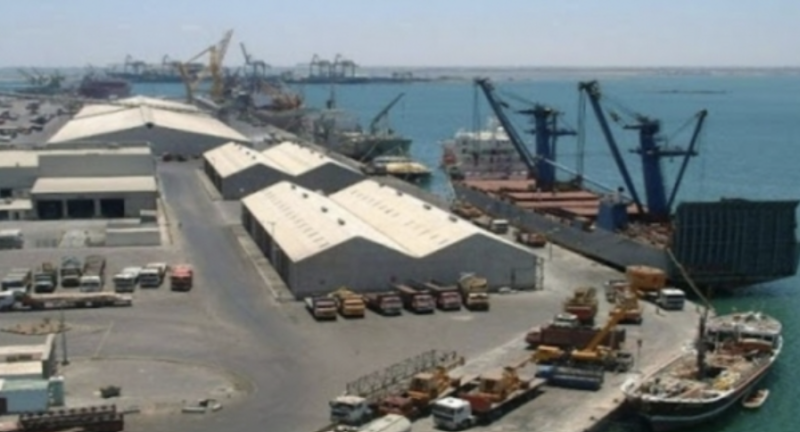FAO Forecasts More Storms in Yemen That Will Impact Thousands


The United Nations Food and Agriculture Organization (FAO) forecasted more storms over the already flooded areas of western Yemen.
“A five-day forecast indicates that by September 5, cumulative rainfall over much of Ibb, western al-Dhale, and eastern Taiz will get a high of 100 mm, potentially putting about 8,100 people at risk,” it stressed in its agrometeorological early warning bulletin.
FAO said with over 200 mm of rainfall reported during the last ten days of August, torrential downpours continued to turn streets into rivers, paralyzing accessibility and flooding agricultural fields, especially in central Marib and much of western Yemen.
According to the report, 91 people were reportedly killed by floods and landslides, while thousands were displaced.
“With scores of homes severely damaged, a spike in the total fatalities caused by the ongoing floods has also been reported.”
It called for taking forecast-based action such as evacuating the livestock and reinforcing protective shelters to reduce further losses in livelihoods of vulnerable farming communities.
“Further, where necessary, temporal suspension or relocation of vulnerable farming businesses is also advised,” it urged.
In addition, it encouraged emergency managers to revisit flood management plans and provide necessary reinforcements.
The report revealed that the situation of the Desert Locusts remained calm throughout much of August apart from low density isolated immature solitarious adults, spotted in Sirwah and Bidbdah districts of Marib governorate.
The recent rains favor small-scale breeding, especially in Marib, al-Jawf, Shabwah and Hadramaut governorates, it added, stressing that vigilance and continued surveys remain a necessity.
In late August, the UN Office for the Coordination of Humanitarian Affairs (OCHA) estimated that more than 51,000 households were affected across the country since mid-April due to the heavy rains and flooding that affected at least 18 governorates.
The flash floods and flooding resulted in loss of lives, destruction of property and livelihoods, and damage to critical infrastructure such as roads.
The report indicated that the Marib and Hajjah governorates were the worst-hit, with more than 13,000 and 9,000 households affected, respectively.
Meanwhile, it showed that heavy rains and flooding compound an already fragile humanitarian situation, with an estimated 23.4 million people needing assistance due to continued conflict and economic collapse.
By August 20, 113 schools, 10 health facilities, 94 water sources, and over 1,500 latrines were affected in the Hodeidah, Hajjah, Raymah and Mahwit governorates, including 42 health facilities and 86 schools in Raymah.
In addition, several bridges and roads in the Abs, Aslam and Mustaba districts of Hajjah that are crucial for aid delivery were affected, and destroyed stairs have cut off a community in Mahwit.
Health and nutrition facilities in affected areas have reported a seasonal spike in malnutrition and water-borne disease cases and cannot meet the growing needs.

Aden — Yemen’s Presidential Leadership Council Chairman Rashad al-Alimi held talks with Central Bank Governor Ahmed Ghalib to review th…

Aden — The Yemen Gas Company announced Friday the deployment of a fleet of 461 trailers carrying household gas to the interim capital Aden an…

Aden — The internationally recognized government of Yemen has announced the signing of a major agreement to rehabilitate and relaunch operati…